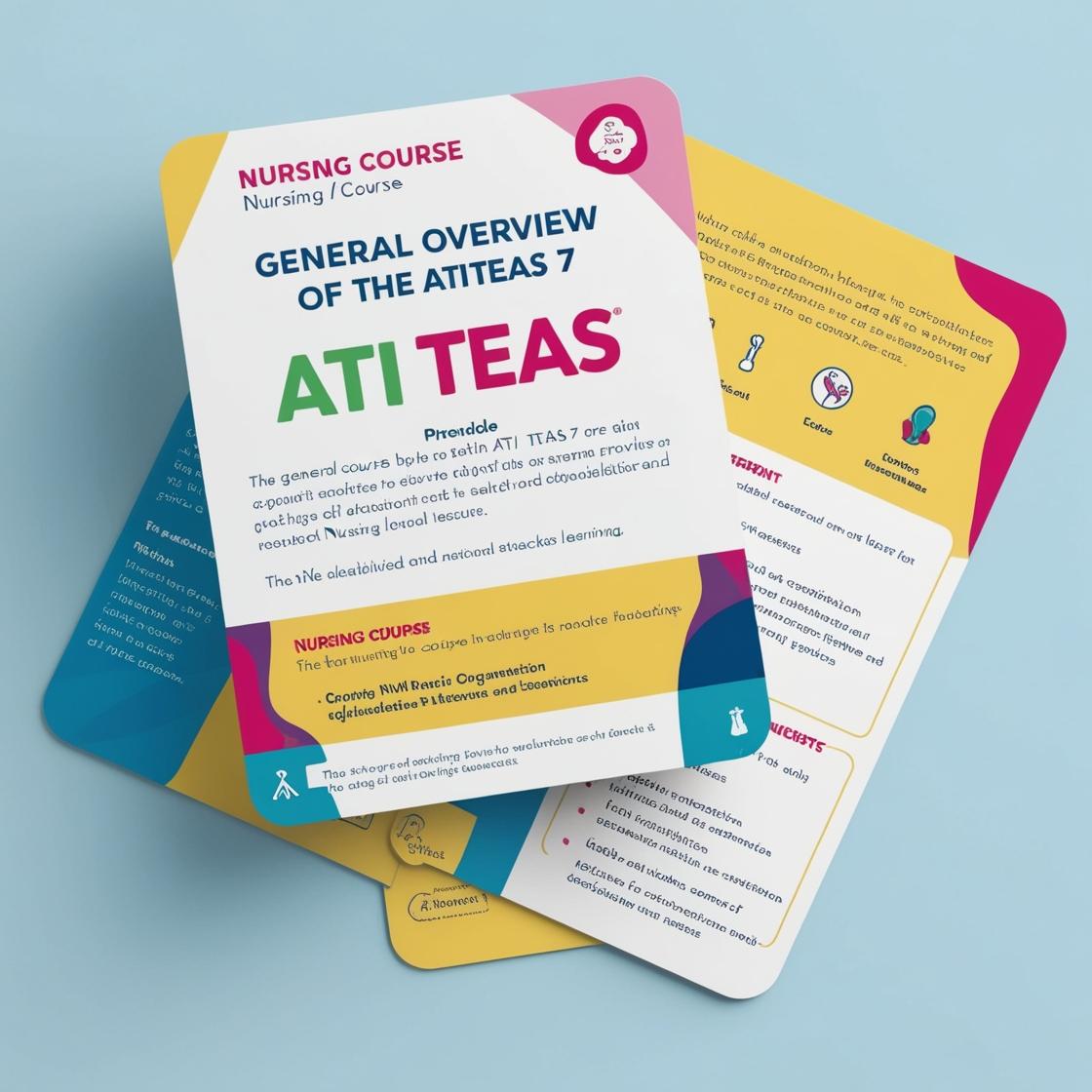ATI TEAS 7
Practice Science TEAS Test
1. Which of the following statements regarding macrophages is incorrect?
- A. They are found abundantly in the blood
- B. They are larger than neutrophils
- C. They are long-lived
- D. They are made in the bone marrow as monocytes, called macrophages once they reach organs
Correct answer: A
Rationale: The correct answer is A. Macrophages are not found abundantly in the blood; they are present in tissues and organs. Macrophages are tissue-resident immune cells that play a key role in immune responses and are derived from monocytes produced in the bone marrow. Choice B is correct as macrophages are larger than neutrophils. Choice C is correct as macrophages are long-lived cells. Choice D is correct as macrophages originate in the bone marrow as monocytes and differentiate into macrophages once they migrate to various tissues and organs.
2. Which cavity contains all of the frontal cavities? Choose only ONE best answer.
- A. Dorsal
- B. Thoracic
- C. Abdominopelvic
- D. Ventral
Correct answer: D
Rationale: The correct answer is D: Ventral. The ventral cavity includes both the thoracic and abdominopelvic cavities. The frontal cavities are part of the ventral cavity, which is located towards the front of the body, while the dorsal cavity is towards the back. The dorsal cavity contains the cranial and vertebral cavities, not the frontal cavities. The thoracic cavity is part of the ventral cavity but does not encompass all the frontal cavities. The abdominopelvic cavity is also part of the ventral cavity, but it does not include all of the frontal cavities. Therefore, the ventral cavity is the correct choice as it encompasses all the frontal cavities.
3. Which of the following statements regarding heart valves is correct?
- A. The atrioventricular valves lie between the atria and the ventricles.
- B. The pulmonary semilunar valve lies between the right ventricle and the pulmonary trunk.
- C. The atrioventricular valves prevent backflow into the atria when the ventricles contract.
- D. All of the above
Correct answer: D
Rationale: All of the statements are correct regarding heart valves. Choice A is accurate as the atrioventricular valves indeed lie between the atria and the ventricles. Choice B correctly identifies the location of the pulmonary semilunar valve. Choice C is true as the atrioventricular valves do prevent backflow into the atria during ventricular contraction. Therefore, selecting 'All of the above' as the correct answer is appropriate as all statements are accurate.
4. Which of the following is part of the central nervous system?
- A. Spinal cord
- B. Peripheral nerves
- C. Brainstem
- D. Cerebellum
Correct answer: A
Rationale: The correct answer is A: Spinal cord. The central nervous system comprises the brain and spinal cord. The spinal cord plays a crucial role in transmitting information between the brain and the body. Choices B, C, and D are not part of the central nervous system. Peripheral nerves belong to the peripheral nervous system, whereas the brainstem and cerebellum are components of the brain, distinct from the central nervous system.
5. What type of joint connects the bones of the skull?
- A. Hinge joint
- B. Fibrous joint
- C. Ball-and-socket joint
- D. Pivot joint
Correct answer: B
Rationale: The correct answer is B: Fibrous joint. Fibrous joints connect the bones of the skull, providing stability with little to no movement. These joints are made of fibrous connective tissue, which holds the bones tightly together and prevents movement, making them ideal for the structure of the skull. Choice A: Hinge joint is incorrect because hinge joints allow movement in a single plane like the elbow or knee, which is not characteristic of the joints in the skull. Choice C: Ball-and-socket joint is incorrect as this type of joint allows for a wide range of movement in multiple planes, such as the hip and shoulder joints, which is not the case for skull bones. Choice D: Pivot joint is incorrect as pivot joints allow rotation around a central axis, as seen in the joint between the first and second cervical vertebrae (atlas and axis), but not in the skull bones.
Similar Questions

Access More Features
ATI TEAS Premium Plus
$149.99/ 90 days
- Actual ATI TEAS 7 Questions
- 3,000 questions with answers
- 90 days access
ATI TEAS Basic
$99/ 30 days
- 3,000 Questions with answers
- 30 days access
